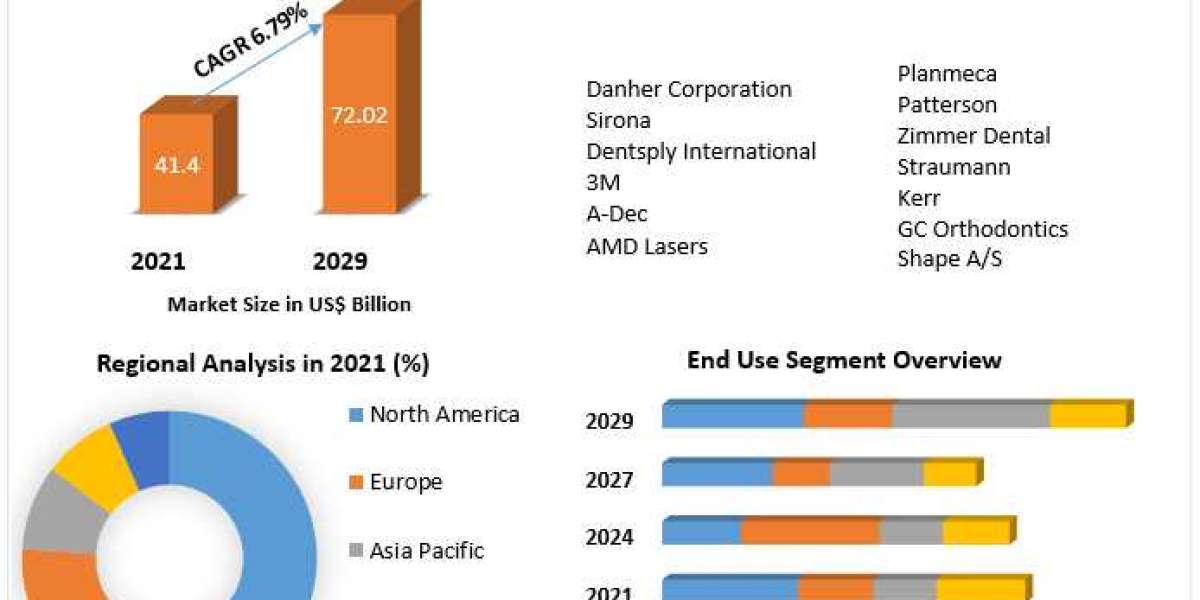The Australia beef market attained a volume of 627.12 KMT in 2023. The market is projected to grow at a CAGR of 1.20% from 2024 to 2032, reaching 698.19 KMT by 2032, owing to the surging demand for organic and antibiotic-free animal products. As the beef industry continues to evolve, Australia’s position as one of the world’s leading beef exporters places it in a prime position to meet the changing dynamics of consumer preferences, environmental pressures, and global trade patterns.
Market Overview
Australia is one of the largest beef producers globally, contributing significantly to both the domestic and export markets. The Australian beef industry is characterized by its extensive grazing systems, high-quality cattle, and a reputation for producing premium beef products. Key players in the industry include large-scale ranchers and a robust network of slaughterhouses and processors. The country's beef exports are crucial to the global food supply, with markets such as Japan, China, the United States, and South Korea being major buyers.
In 2023, Australia's beef market reached a volume of 627.12 KMT (kilotons) and is expected to grow steadily at a compound annual growth rate (CAGR) of 1.20% between 2024 and 2032, reaching 698.19 KMT by 2032. This growth is primarily driven by the increasing demand for organic and antibiotic-free beef products, which are gaining traction among consumers looking for healthier, more sustainably produced food options.
Drivers of Growth
1. Rising Demand for Organic and Antibiotic-Free Beef
Consumer demand for organic and antibiotic-free beef is a significant driver in the Australian beef market's growth. As more consumers prioritize health and sustainability, the appeal of beef raised without antibiotics or hormones has soared. This shift aligns with growing awareness around food safety and environmental impacts associated with conventional farming practices. In response, Australian beef producers are increasingly adopting sustainable farming methods and ensuring transparency in their production processes to cater to this market segment.
2. Growing Export Potential
Australia’s beef export market remains a critical contributor to its industry’s growth. The country exports approximately 60% of its beef, with key markets located in Asia and North America. The strong demand for high-quality beef, particularly from Japan, South Korea, and China, has continued to support export growth, despite occasional trade disruptions or market volatility. Australian beef is often seen as a premium product, highly valued for its quality and sustainability standards.
Trade agreements, such as the Comprehensive and Progressive Agreement for Trans-Pacific Partnership (CPTPP), have facilitated easier access to key markets, strengthening Australia's export position. As consumer incomes rise in emerging markets, particularly in Asia, the demand for high-quality beef products is expected to continue to increase, further boosting Australia’s export prospects.
3. Sustainability and Innovation in the Beef Sector
The Australian beef industry has increasingly focused on sustainability, not only in response to consumer preferences but also due to environmental pressures. Beef production in Australia is closely tied to the country’s vast pastoral lands, and producers have been working to minimize their environmental impact. Key initiatives include reducing greenhouse gas emissions, adopting water-efficient technologies, and improving animal welfare practices.
Additionally, technological innovations in beef production, such as precision agriculture and advanced breeding techniques, have helped improve productivity and the quality of beef products. These innovations are expected to continue playing a pivotal role in meeting future demand while addressing environmental concerns.
Challenges Facing the Market
Despite its promising growth prospects, the Australian beef market faces several challenges.
- Climate Change and Drought
Australia is prone to droughts, and these environmental events significantly affect beef production. Prolonged dry periods can lead to feed shortages, cattle shortages, and higher production costs. In recent years, the country has witnessed increasingly erratic weather patterns, which have affected livestock production and profitability.
- Labor Shortages
The Australian beef industry has also faced labor shortages, particularly in rural areas. These shortages can impact production timelines and efficiency. Many workers in the beef industry are migrant laborers, and immigration restrictions or changes in labor policies can disrupt operations.
- Competition from Other Beef Producers
Australia faces intense competition in the global beef market from countries such as Brazil, Argentina, and the United States. While Australia's beef is prized for its quality, price competitiveness can be a challenge, especially with the fluctuations in international trade conditions and tariffs.
- Animal Health and Disease Outbreaks
Australia’s beef industry is highly dependent on its reputation for producing healthy, disease-free animals. Outbreaks of diseases, such as foot-and-mouth disease or bovine spongiform encephalopathy (BSE), can lead to trade restrictions and a decline in consumer confidence. Therefore, the industry must maintain stringent biosecurity measures to safeguard its reputation.
The Future of the Australian Beef Market
The Australian beef market is poised for gradual growth driven by both domestic consumption and global demand. The rising preference for organic and antibiotic-free beef is expected to continue shaping production methods. Australian beef producers are likely to focus on more sustainable practices, improving transparency in their supply chains, and enhancing their production methods to meet these consumer trends.
In addition, the ongoing strength of Australia’s beef export sector, supported by trade agreements and increased demand in emerging markets, will remain a key driver. However, the industry will need to navigate climate challenges and labor shortages while maintaining its position as a global leader in premium beef products.
The adoption of new technologies and innovations, along with a continued emphasis on sustainability, will likely help mitigate some of these challenges. The industry’s ability to adapt to changing consumer preferences, particularly in the organic and antibiotic-free segments, will ultimately determine its long-term success.


